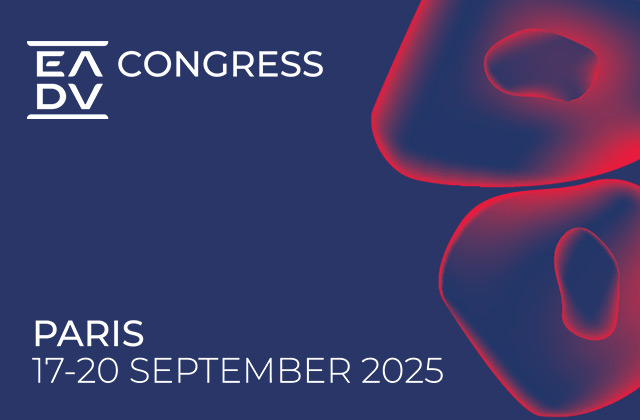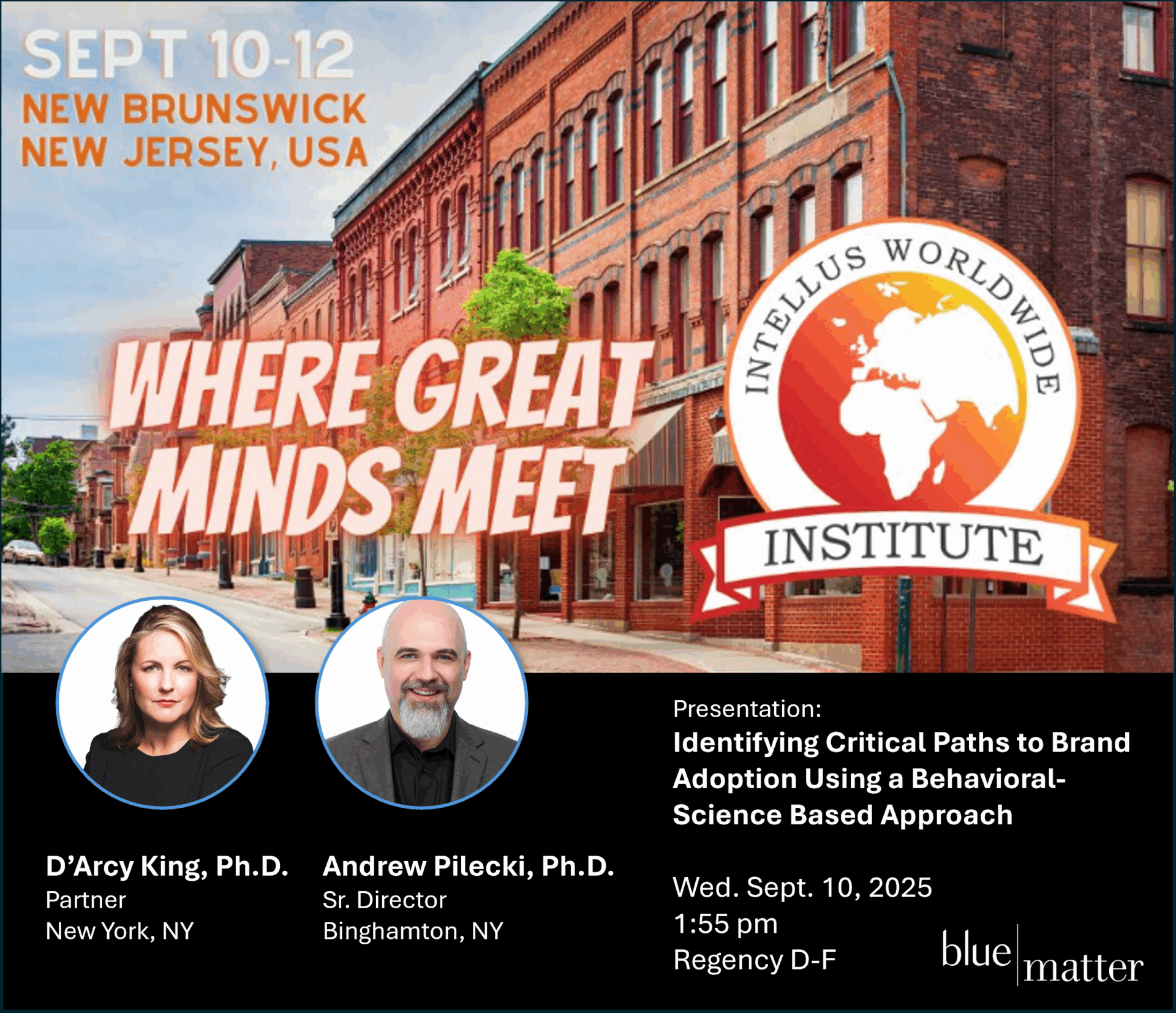
Recently, we took the time to look back at the oncology market and what transpired during 2024. Overall, the year shaped up pretty much like we expected. In a nutshell, it was another stellar year for oncology. The therapeutic area continued to be an extremely hot area for research, with oncology therapies accounting for 30% of all novel approvals last year.
Now, it’s time to look ahead. While there are some signs of exhaustion in certain oncology segments, we expect 2025 to be another strong year overall, with a lot of clinical development and oncology maintaining its spot at the “forefront of therapeutic innovation.”
Overall, we’ve identified four key trends for 2025 that we think will shape the market as the year moves forward. They are:
- Bi-specific antibodies leading to an immuno-oncology (IO) renaissance in solid tumors
- Synthetic lethality coming into focus
- Degraders further maturing as a class
- Cancer cachexia attracting a lot of attention
Let’s explore each of these trends in some detail, with an outline of how we expect them to unfold as 2025 moves ahead.
Trend #1: Bi-specific antibodies leading to an immuno-oncology (IO) renaissance in solid tumors
Despite the phenomenal success of PD-1 and CTLA-4-based approaches, it has been tough going for IO / cancer immunotherapy-based approaches in solid tumors. Several reasons for IO’s failure in solid tumors have been proposed and include both primary (innate) and secondary (acquired) mechanisms of tumor resistance. The field has also unfortunately been littered with recent high-profile failures in programs directed at previously “hot” targets like IDO, IL-2, TIGIT and CD47.
T-Cell Engagers (TCEs) Show Promise
As a consequence of the above challenges with IO approaches, we have been guarded in our enthusiasm for bi-specific antibodies, particularly those that recruit T-cells to the tumor (T-cell engagers [TCE]) and their ability to have a meaningful clinical impact in solid tumors.
Tarlatamab, which was FDA approved last year, bucked the trend and highlighted the potential for TCE approaches in solid tumors. What’s notable about the tarlatamab approval was that it demonstrated potential for TCEs to work in a tumor setting that was generally viewed as generally being immune-resistant.
Not surprisingly, its success invigorated interest in other TCEs, which have already posted some very compelling data. For example, late last year Janux reported some of the strongest data we have seen for a PSMA-directed modality, with JANX007 showing an “unprecedented” 100% PSA50 rate in patients with prostate cancer. JANX007 is a conditionally active T-cell engager, with the CD3-binding portion of the T-cell engager masked to help potentially reduce the risk of cytokine release syndrome (CRS).
A few weeks earlier, Vir Biotechnology reported data from VIR-5500. Vir’s bispecific antibodies are dual-masked, in that both the tumor-associated antigen and CD3-binding domains are masked, with the promise of a further reduction in non-specific toxicities. While Vir’s data was numerically weaker, Vir is still in early days of dose finding, and 2025 could reveal additional data from both of its TCE programs.
Other emerging TCEs in solid tumors that we continue to monitor include:
- JANX008 – Double-masked TRACTr, both the EGFR-binding domain and T-cell-specific binding domain CD3 are masked; Phase 1 enrollment is ongoing for colorectal, lung, head and neck, and renal cancer. Initial efficacy data was presented in February of 2024, and more mature data is expected in 2025.
- VIR5818 – HER2 targeted, dual masked TCE, which has also shared early data (with more on the way)
Bi-specific Antibodies Outside of TCEs Poised for Success
One of the most high-profile assets in 2024 was the VEGF-PD-1 bi-specific antibody, ivonescimab, which shocked the world at the most recent ASCO annual meeting by sharing topline data from its Chinese Harmoni-2 study showing that ivonescimab “decisively” beat Keytruda in first-line non-small cell lung cancer (NSCLC). As often happens in cases like this, ivonescimab’s success set off a gold rush for other similar assets. Since then, there has been a lot of BD activity in the space.
BioNTech, and Instil Bio have already secured licensing deals for similar assets, signaling a surge in interest for this approach, particularly in oncology indications like NSCLC and triple-negative breast cancer. In addition, Merck acquired LaNova Medicines’ LM-299 for $588 million up front, buying itself a seat at the table as agents clamber to dethrone its lead asset, Keytruda.
Instil Bio’s pivot from TIL therapeutics to anti-VEGF x PD-L1 has proven a bold and strategic move, inspiring other biotechs to reassess their focus. Minghui Pharmaceutical announced promising initial results from Phase I clinical trial of MHB039A, a novel PD-1 x VEGF bi-specific antibody, in patients with relapsed / refractory (R/R) solid tumors.
We expect 2025 to bring renewed focus to other such IO-targeting antibodies. A recent review outlines a large number of approaches already in clinical development that will see readouts in 2025.
Some notable IO-bi-specifics that we are tracking include:
- AZD7789 – This PD-1 x TIM-3 bi-speific demonstrated manageable safety with no dose-limiting toxicities or grade ≥3 treatment-related adverse events. The most common treatment-emergent adverse event was increased blood creatinine (18%). Preliminary efficacy showed target lesion shrinkage in eight patients, with seven achieving stable disease, including two with unconfirmed partial responses, in a heavily pre-treated NSCLC population. Potential data for AZD7789 from phase 1/2a is anticipated in 2025.
- Lorigerlimab – This bispecific PD-1 × CTLA-4 DART® molecule is being studied in the phase 2 LORIKEET trial for second-line, chemotherapy-naïve metastatic castration-resistant prostate cancer mCRPC patients. The trial, with a primary endpoint of radiographic progression-free survival (rPFS), aims to enroll 150 patients (2:1 randomization with docetaxel). A clinical update is expected in the first half of 2025.
Overall a range of other bi-specific assets are being studied against a wide range of targets:
- TCE targets include: HER2, CEA, EpCAM, GD2, GPC3, 5T4, HLA-G, B7-H4, B7-H3, CLDN-6, CLDN18.2
- PD-1 paired with oncogenic targets like HER2, CLDN18.2 and other IO targets like ICOS, CD73, CD47, TIM-3, LAG-3, TIGIT 41BB etc
Given all that’s going on, we predict a virtual explosion of promising data from bi-specifics in solid tumors during 2025.
Trend #2: Synthetic lethality coming into focus
One of the other major trends that we expect for 2025 is a proliferation of interest in synthetic lethality and synthetic lethal drug approaches. What is synthetic lethality (SL)? In genetics, the term refers to contexts where “mutations in two genes together result in cell death, but mutations in either gene alone does not.”
Hartwell and colleagues pioneered the idea in 1997 to exploit “synthetic lethality interactions (SLI)” for targeted cancer therapies. For example, cancer cells with alterations (loss of function or gain of function mutations) in a gene “A” may have susceptibility to pharmacological targeting of its synthetic lethal partner, the protein product of gene “B”. In the context of true SL, targeting B should only cause cell death in cells that have alterations in A (cancer cells), while leaving unaltered cells (normal tissue) intact. Poly ADP-ribose polymerase (PARP) inhibitors (PARPi) were the first oncology drugs based on synthetic lethality that were approved for clinical use. They were indicated for the treatment of ovarian cancer (e.g., olaparib, niraparib, talazoparib, and rucaparib).
What to Expect from Leading Programs and Players in Synthetic Lethality
IDEAYA Biosciences is one of the leading pure-play SL companies out there, with a broad oncology pipeline based on SL and proven patient biomarkers. IDEAYA entered a strategic partnership with GSK on leading SL programs—pol theta and Werner helicase inhibitors—potentially worth about $2 billion in milestone payments.
We will be closely tracking IDEAYA’s updates at medical conferences regarding IDE275 (GSK959), a potential first-in-class phase 1 Werner helicase inhibitor program targeting MSI-high solid tumors. We’ll also keep an eye on IDE705 (GSK101), a potential first-in-class phase 1 pol theta helicase Inhibitor targeting homologous recombination deficiency (HRD) solid tumors. IDEAYA is targeting phase 2 expansion in 2025. This could enhance confidence in SL targets complementing PARPi with potential clinical proof of concept.
In addition, IDEAYA holds a worldwide license from Novartis for darovasertib, a potent and selective small molecule inhibitor of PKC, a protein kinase that functions downstream of the GTPases, GNAQ and GNA11. IDEAYA has reported phase 2 efficacy data for darovasertib plus crizotinib (investigational cMET inhibitor) combination in patients with solid tumors harboring GNAQ or GNA11 mutations in metastatic uveal melanoma (MUM). In first line use, the data show a 45% ORR and a 7.1 month median PFS. In any line use, the data show a 30% ORR and a 6.8 month median PFS. Preliminary phase 3 data is expected in 2025.
IDEAYA will also provide a clinical phase 2 data update for darovasertib neoadjuvant therapy in UM in 2025. It’s likely to initiate phase 3 trials in primary UM during the first half of the year.
We are also tracking the following, which are expected in 2025:
- Critical updates from IDEAYA for IDE397, a potential first-in-class phase 2 MAT2A inhibitor program targeting MTAP-deletion solid tumors
- Clinical program update(s) for a phase 1/2 study of IDE397 + Trodelvy® in MTAP-deletion urothelial cancer (UC)
Other key players that we plan to monitor in 2025 include:
- REPARE Therapeutics – Clinical-stage precision oncology company using its proprietary, genome-wide, CRISPR-enabled SNIPRx platform to discover and develop highly targeted cancer therapies (REPARE currently has 4 clinical trial programs and expects to make several updates in 2025.)
- Insilico Medicine – Global clinical stage biotechnology company powered by generative AI
- Tessellate Bio – Preclinical stage biotech pursuing programs to develop inhibitors of a novel synthetic lethality target: fanconi anaemia, complementation group M (FANCM)
- TANGO Therapeutics – Clinical stage biotech leveraging SL principles using CRISPR-based functional genomics target discovery to target specific cancers
Trend #3: Degraders further maturing as a class
As detailed in our recent look-back, 2024 saw a period of significant progress in proteolysis-targeting chimera (PROTAC) degraders. We continue to believe that we are just scratching the surface with this modality and 2025 will see an explosion of interest in degraders in oncology (and likely beyond).
The global targeted protein degradation market is projected to grow to $3.55 billion in 2034, exhibiting a CAGR of 20.7%.
As highlighted before, one of the major trials we anticipate in 2025 is the readout from the phase 3 VERITAC-2 trial, which was originally supposed to deliver its topline readout in 2024. As a reminder, this trial is evaluating vepdegestrant (ARV-471, estrogen receptor PROTAC degrader) monotherapy in 2L+ ER+/HER2- metastatic breast cancer. That readout did not happen last year but is now expected in the first quarter of 2025. If positive, ARV-471 will be the first approved treatment in the targeted protein degradation class of medicines.
Beyond ARV-471, we’re looking forward to the initiation of a pivotal phase 3 trial for BMS-986365, which is planned for 2025. BMS-986365 is a drug that targets the androgen receptor (AR) in prostate cancer and has shown compelling anti-tumor activity in heavily pretreated prostate cancer patients.
Similarly, we expect pivotal trial initiation for NX-5948, an oral BTK degrader, also covered in our 2024 look-back. In that paper, we stated that a number of newer targets have started to emerge demonstrating the flexibility and adaptability of the targeted protein degradation approach. In 2025, we expect to see updates from many of those programs. Key updates that we look forward to include:
- Initial data from ARV-393, and oral PROTAC BCL6 degrader in B-cell lymphomas
- Initial proof of concept data from NX-1607 (small molecule inhibitor of CBL-B)
- Updated data from cemsidomide, an oral degrader of IKZF1/3 for the potential treatment of relapsed/refractory (R/R) multiple myeloma (MM) and R/R non-Hodgkin’s lymphoma (NHL)
- Proof of concept data for CFT1946 (BRAF degrader) and CFT8919 (EGFR degrader)
- Proof of concept data from MRT-2359, a GSPT1 molecular glue degrader
- Early data from a phase 1 trial for FHD-909 in SMARCA4 mutated cancers, with NSCLC as the primary target population
We think 2025 will also see substantial business development activity. In fact, Abbvie and Neomorph recently signed a deal to collaborate in developing molecular glue degraders for oncology and immunology.
Trend #4: Cancer cachexia attracting a lot of attention
Late last year, there was a high-profile article showing the benefit of an anti-GDF15 antibody for cancer cachexia. Cachexia is a complex wasting syndrome associated with cancer that’s characterized by tissue loss (fat, cardiac muscle, and skeletal muscle), decreased appetite, fatigue, and reduced activity. It’s estimated to occur in up to 80% of people with advanced cancer, depending on different factors. Those factors can involve the effects of cancer itself, as well as the negative side effects of chemotherapy.
Cachexia cannot be fully reversed with nutritional support alone. Consequences include reduced efficacy of cancer treatment, poorer quality of life, and reduced survival. In fact, it’s thought to directly cause up to 30% of cancer deaths, often because of heart or respiratory failure related to muscle loss. Obviously, there is a significant unmet need in addressing this syndrome.
The anti-GDF15 study referenced above was a randomized phase 2 clinical trial for ponsegromab, which included 187 individuals who experienced cachexia with lung, pancreatic, or colorectal cancer. Participants treated with ponsegromab gained anywhere from 2 to 6 pounds on average over 12 weeks, depending on the dose they received. By comparison, people treated with the placebo lost an average of 1 pound. The group of participants treated with the highest dose—400 mg—gained back more than 5% of their body weight.
Given the huge unmet need in cancer cachexia, we expect to see a lot of investments and activity in the space in 2025. Already, Pfizer has announced plans to initiate a phase 3 trial for ponsegromab in cancer cachexia this year. In an interview last year, Michael Dolsten, Pfizer’s head of R&D, highlighted cachexia treatment using posegromab as a key focus area.
Several drugs targeting GDF-15—or another that it interacts with in the brain, called GFRAL—are in development as possible treatments for cachexia, and we believe we’ll see multiple BD deals in the space.
In parallel, regulatory frameworks enabling clinical development in cachexia also need to be updated. The first international consensus definition was published in 2011, and work is under way to update this. Lack of a clear consensus definition undermines the design of clinical trials, and it is hoped that progress on this front will help drive more effective clinical development.
Parting Thoughts
In addition to the trends outlined above, we expect 2025 to see advances in some of our other favorite areas. For example, in CAR-T therapies, we expect BMS to initiate a phase 3 clinical trial (QUINTESSENTIAL) for GPRC5D-CAR-T. While this target is not new, it will be interesting to see how the CAR-T version’s efficacy and safety profiles compare to those of the TCE, Talvey®.
In addition, the potential approval of this CAR-T will make the question of CAR-T sequencing even more relevant. Across both lymphoma and multiple myeloma, it will be interesting to see the interplay between CAR-Ts and TCEs as physicians get more comfortable with TCEs and as they move up the treatment paradigm, providing an off-the-shelf option for many patients.
In radiopharmaceuticals, we expect some new targets / modalities to enter the clinic and likely share early data. For example, Novartis has indicated that a first-generation alpha-emitting radioligand therapy will be moving into phase 3 during the first half of the year, as well as early-stage next-generation agents targeting HER2 and FAP.
Overall we expect 2025 to be a banner year, pushing the frontiers of innovation forward in oncology. Follow us on LinkedIn or check our blog regularly for updates as we track progress throughout the year. If you’d like to discuss product, portfolio, or corporate strategy related to oncology, then please contact us via our website.









